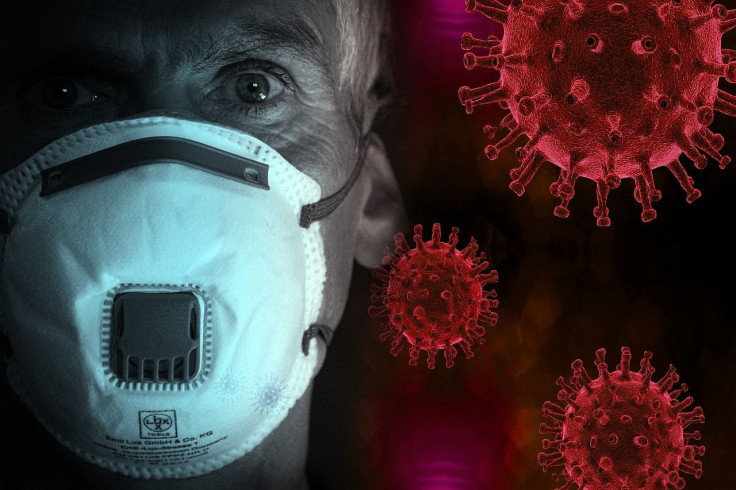Scientists Reveal Heating May Be The Best Way To Disinfect N95 Masks For Reuse

KEY POINTS
- Experts recommended using N95 masks in fighting the coronavirus pandemic
- The demand for this mask led to its shortage, causing people to reuse
- Scientists discovered that the best way to disinfect N95 masks for reuse is by heating
When the coronavirus pandemic reached U.S. soil, everyone became aware of the importance of using masks. While surgical masks offer some protection against the spread of infection, health experts have been recommending N95 masks as they accord more protection. The problem is that N95 masks are in short supply, forcing people to disinfect and reuse them. Fortunately, scientists revealed the best way to disinfect these masks.
The Mask Structure
N95 masks have been made to protect the wearer from dangerous particles containing viruses that might cause infections. Reports say they are very efficient in filtering out these particles and can also prevent infectious droplets from being transmitted to others.
These masks have layers of “meltblown” polypropylene fibers that form a porous and breathable network. Fibers are said to be electrostatically charged to help block smaller particles that might slip through the holes.
Disinfecting The Mask
Several methods have been recommended by the U.S. Centers for Disease Control and Prevention to disinfect N95 masks. These include bleach treatment, subjecting it to ultraviolet radiation, or simply heat it. These methods, however, were reportedly not yet subjected to extensive testing, particularly for multiple rounds of disinfection.
Yi Cui, a Chinese-American materials scientist who specializes in nanotechnology and other environment-related research, and his group performed several disinfection methods on the N95 mask. Their objective was to compare five of the known methods that can be used within a hospital setting and to find out how the materials hold up to repetitive disinfections.
Due to the urgent need of health care workers, the research group opted to analyze pieces of meltblown fabric used in making N95 masks instead of using the actual one. The material was treated with a certain disinfectant and compared its ability to filter-out aerosol particles before and after the disinfection process.
The Research
Yi and his team discovered that applying ethanol or chlorine bleach solution to the fabric dramatically lowered its filtration efficiency after one treatment. A single steam treatment can maintain the effectiveness of the filtration capability of the mask. However, after five steam treatments, researchers found that the efficiency of the filtration declined dramatically.
On the other hand, UV radiation allows up to 20 repeated disinfection. The only setback researchers faced with this disinfection process was that they were unsure of the exact dose of UV needed to kill the virus without affecting the material.
The best disinfection method, as found out by researchers so far, appears to be heating. For instance, heating the material at 185 degrees Fahrenheit for at least 20 minutes allowed the fabric to be treated around 50 times without losing filtration efficiency. The researchers noted, however, that repeatedly donning on and removing the N95 masks could affect its fit and performance.
© Copyright IBTimes 2025. All rights reserved.





















